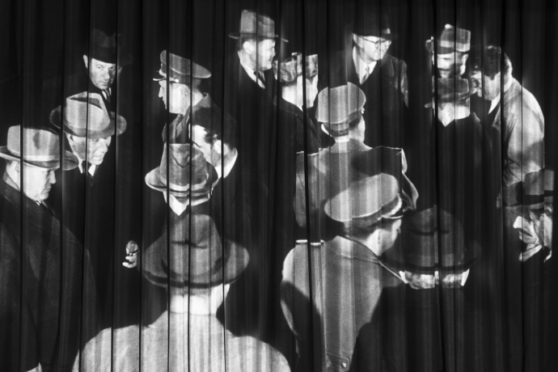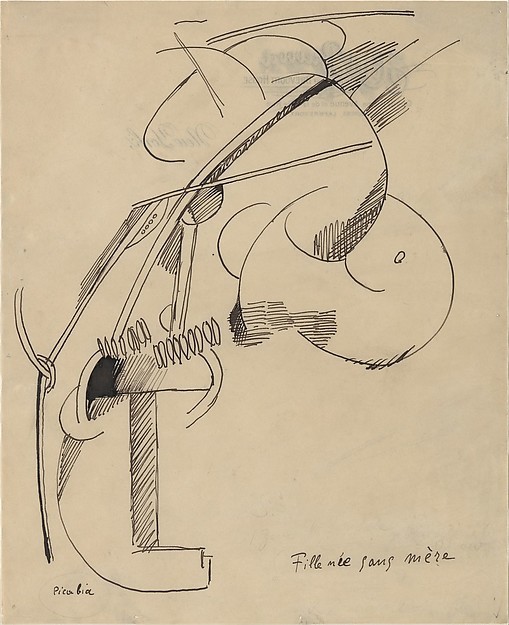CONNECTOR INTERVIEW: DR. JORDAN AMIRKHANI
OCT. 13, 2016

CONNECTOR INTERVIEW: DR. JORDAN AMIRKHANI
OCT. 13, 2016
Dr. Jordan Amirkhani is an Assistant Professor of Art History at the University of Tennessee Chattanooga. Professor Amirkhani obtained her PhD in the History and Philosophy of Modern European Art at the University of Kent in the United Kingdom in 2015, and has published articles and catalogue essays on a diverse range of material including: the British conceptual art group Art & Language; the Serbian art activists Grupa Spomenik; and contemporary art from Iran. Before accepting her current appointment, Jordan held lectureships at Canterbury Christ Church University and the University of Kent, as well as curatorial positions at The Royal Academy in London and The Phillips Collection in Washington, DC. In her spare time, Jordan tries to find comfort in a form of utopian pessimism.
Locate Arts: What experience(s) compelled you to study art history and contemporary art?
Jordan Amirkhani: There were a constellation of experiences that shaped my path into art history. I grew up in an extremely musical household where the arts were valued, so I was extremely lucky to be exposed to the visual and performing arts consistently from a young age. I spent the majority of my childhood training to be a ballet dancer, and was always interested in music and visual art as they contributed to the history of concertized dance, but it was not until university that I even knew that you could get a degree in art history! I had an incredible art history professor my freshman year at Birmingham-Southern College, Dr. Kathleen Spies, who nurtured my interests in 20th-century art early on and helped guide me to success; however, it was not until I arrived in Washington, DC in 2008 to attend graduate school that I really felt that art history was what I wanted to do with my life. I was fortunate enough to take a graduate class on the history of Dada with Professor Bibiana Obler at George Washington University--a class that opened my eyes to a new world of art history where aesthetics and politics felt one and the same and offered me an account of art history that felt incredibly resonant against the current political climate. I continue to cite that class as my inauguration into the art historical community, and find that my love of art, my tastes, and my investment in the socio-political conditions of cultural production began to take shape in that class.

LA: Whose work are you currently most interested in from the Tennessee contemporary art scene and why?
JA: Since my arrival in Tennessee in August of 2015, I have continued to be impressed and inspired by the work of Vanderbilt professor Vesna Pavlović and her engagement with the fall of socialism in Eastern Europe through photography and the archive. As someone who studies the historical avant-garde, I am interested in the ways in which Vesna mobilizes her own history to ask questions of the material and historical conditions of photography.

LA: What is your favorite Tennessee contemporary art venue and why?
JA: I am always interested to see what the curatorial collective Coop Gallery in Nashville is doing. I am really excited by their commitment to artist-led projects and their support of artists at early stages in their careers.
LA: What artist are you most intrigued by right now (from anywhere)?
JA: Walid Ra'ad and his work in the fictional collective The Atlas Group continues to intrigue me. Ra'ad's work is informed by his upbringing in Lebanon during the civil wars, but the broader context of his practice is to ask questions about the various military and cultural policies that have shaped the Middle East over the last few decades and the emergence in the Arab world of the a new infrastructure for the visual arts alongside the geopolitical conflicts that have marked the area. Ra'ad's self-conscious blurring of fact and fiction in his work forces us to consider the West's presumptions toward and ignorance of the culture and history of the Middle East.

LA: What current issue(s) do you think are affecting today's contemporary art conversation?
JA: I am encouraged by the effects of the Black Lives Matter movement on art institutions across the United States and the ways in which it has forced conversations in regards to the lack of ethnic and racial diversity and inclusion at all institutional levels. While I still cannot believe that the St. Louis Museum of Art and curator Jeffery Uslip did not recognize the racial insensitivity and upsetting violence present in the work of Kelley Walker and her recent exhibition at the museum and am horrified by the threats of violence to museum staff, I am encouraged by the honesty of the African-American community who called into question the museum's actions and held power to account. Hopefully this incident will initiate more productive dialogues between museums and the community's that they are supposed to serve.

LA: What was your favorite artwork when you were a child?
JA: I remember seeing a small reproduction of Pablo Picasso's painting 'The Blue Room' (1901) as a child in a book, and falling in love with the cool colors of Picasso's early career and the romantic, bohemian subject matter. As a curatorial fellow at The Phillips Collection almost 13 years later, I was lucky enough to get to visit this painting every day and it now holds a special place in my heart. Looking at it now, I not only see that it foreshadows Picasso's radical investigation of space and perspective, but also points to the rapid changes that moved painting out of the 19th century and into the 20th.



